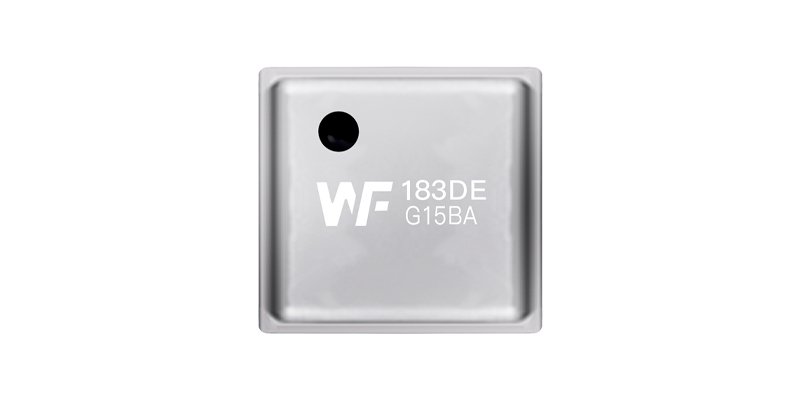Nowadays, many car owners pay special attention to whether the vehicle is equipped with a tire pressure monitoring system (TPMS). After all, TPMS plays a crucial role in driving safety, ensuring the safety of both drivers and passengers. But how does a TPMS actually work? What role do pressure sensors play in it? Let’s dive into this topic.
Katalog
Type 1: Built-in Direct Measurement
Das Besondere an dieser Methode ist, dass der Reifendruck jedes Rads einzeln überwacht und der Druckwert digital auf dem Armaturenbrett oder dem Bildschirm angezeigt werden kann. Auf diese Weise kann der Fahrer den Druckstatus jedes Reifens in Echtzeit klar erkennen. Wenn der Druck eines Reifens außerhalb des normalen Bereichs liegt, gibt der Bordcomputer sofort eine Warnung aus und fordert den Fahrer auf, Maßnahmen zu ergreifen.
Principle of Built-in Direct Measurement TPMS
The core of this method lies in the pressure sensor built into each tire, usually located near the valve stem. In original factory configurations, it is often integrated with the valve itself. The pressure sensor is powered by an internal battery, which measures tire pressure and transmits the data wirelessly to the vehicle’s receiver, displaying the exact value on the dashboard.
Advantages of this sensor include accurate pressure readings without the need for manual calibration. However, it also has drawbacks, such as higher maintenance and replacement costs, and variable battery life.
Type 2: External Direct Measurement
Similar to the built-in type, the external direct measurement TPMS also monitors each tire individually. The difference is that the sensor is mounted outside the tire, like a valve cap. While the core principle remains the same—wirelessly transmitting pressure data to a receiver—the installation and replacement are simpler and more cost-effective.
Advantages: Easy installation and quick pressure reading. Disadvantages: Lower reliability due to exposure, prone to damage or theft, and shorter battery life.
Type 3: Indirect Measurement via ABS Wheel Speed Sensors
This method does not directly measure tire pressure but estimates changes by comparing the rotational speeds of the four tires. When a tire’s pressure drops, its rotational speed changes, allowing the onboard computer to analyze the difference and trigger a pressure warning when necessary.
The Role of Pressure Sensors in TPMS
To sum up, pressure sensors are the core components of TPMS, whether through direct measurement or indirect estimation. They play a vital role in ensuring driving safety by providing real-time monitoring and alerting drivers to potential risks, ultimately reducing accident rates.
Die obige Einführung kratzt nur an der Oberfläche der Anwendungen der Drucksensortechnologie. Wir werden weiterhin die verschiedenen Arten von Sensorelementen untersuchen, die in verschiedenen Produkten verwendet werden, wie sie funktionieren und welche Vor- und Nachteile sie haben. Wenn Sie detailliertere Informationen zu den hier besprochenen Themen wünschen, können Sie sich die entsprechenden Inhalte weiter unten in diesem Handbuch ansehen. Wenn Sie unter Zeitdruck stehen, können Sie auch hier klicken, um die Details dieser Leitfäden herunterzuladen PDF -Daten des Luftdrucksensorprodukts.
Weitere Informationen zu anderen Sensortechnologien finden Sie hier Besuchen Sie unsere Sensors -Seite.


Friendly interaction.